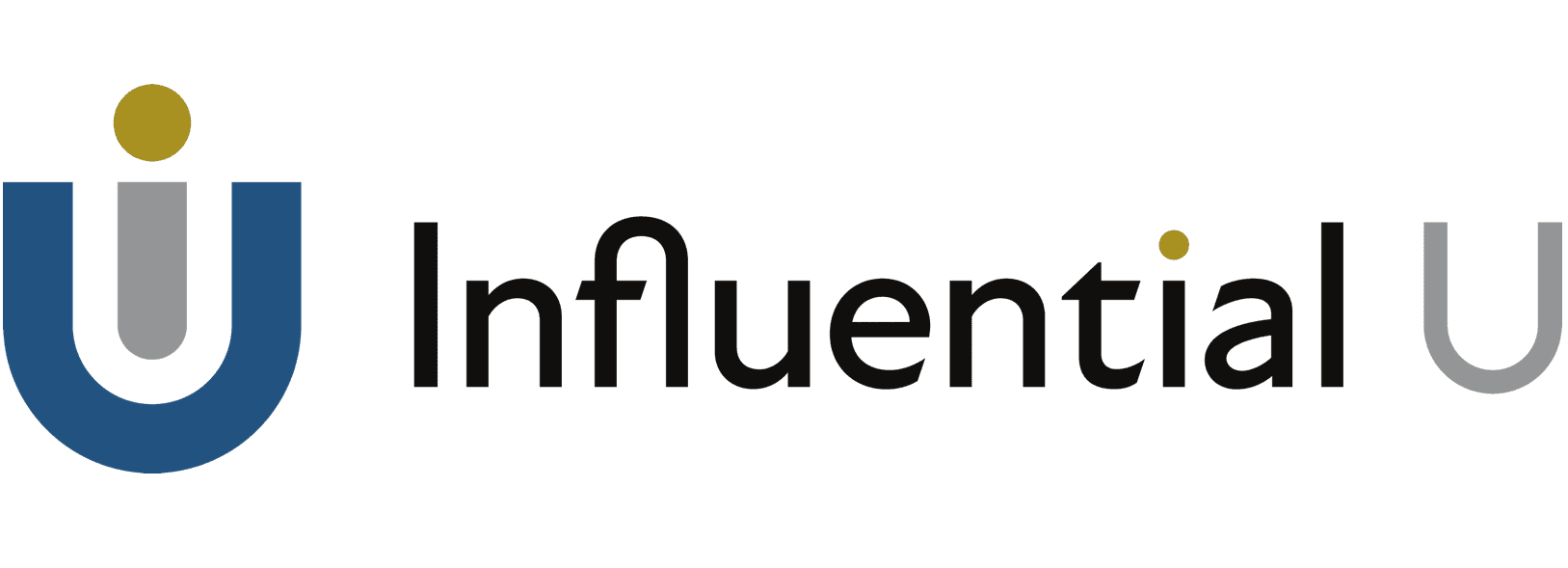According to Moderna co-founder Noubar Afeyan, the pandemic could begin shifting into an endemic stage in 2022. While a few countries gradually consider treating Covid as an endemic disease (the World Health Organization says this is premature), many businesses wonder what this might mean for the next normal.
When do we move from pandemic to endemic? The key difference in an endemic condition is that the virus is more manageable with greater population immunity. “Immunity wanes with time, but because so many people are infected right now, I suspect that this particular surge isn’t going to last very long. The virus is going to run out of targets,” said Dr. Steinberg.
“An endemic disease is a disease that is always present in a particular population or region and is expected to remain indefinitely. Some examples of endemic diseases are the flu, malaria, HIV, and syphilis. Researchers predict that COVID-19 will also eventually become an endemic disease. However, the timeline depends on several factors, such as vaccine administration and mutations.”
McKinsey & Company forecasts that the pandemic put “technologies in the hands of a workforce empowered with the skills needed to use them.” In the wake of the last two years, “an organization’s digital-transformation journey can move from aspiration to reality.” While many organizations evolve to include remote work and digital solutions, the absence of real human connection will demand a healthy balance between in-person and digital options. For the traditional in-person businesses made most vulnerable by Covid-19 (accommodations and food services, educational services, healthcare and social assistance, arts & entertainment, etc.), the next normal may be very different from pre-pandemic life.
We’ll normalize some emerging trends
The next normal will include more flexibility, freedom, and work-life balance. The employment market seeks choices that satisfy all their conditions of life rather than options they must tolerate. The rebellion against crappy, dead-end jobs is really about asking ourselves what we truly want out of life. Central to this new world is hiring for skill vs. hiring for a degree or job history. For many professionals, getting a degree has long been an invalid choice. Professionals these days have a very particular set of skills acquired throughout their lifetime.
The great reshuffle equation is simple: you take the gatekeeper-free, micro-niche opportunity of the internet, sprinkle in the threat of a pandemic, remove the learning curve for meeting on Zoom, and we recognize that we can live life on our terms - how we want, where we want, and when we want. E-commerce businesses will thrive, remote work will continue to be widespread, and gig workers will make up a considerable part of the workforce. The gig economy will match more freelance workers with one-time jobs and just-in-time expertise.
Inc. Magazine reports that “several technologies are poised to pick up steam in the new year.”
As remote working becomes commonplace, internet reliability becomes more vital than ever. The internet of things (IoT) makes the internet a more integral part of our lives, and developments at all network levels will continue to drive research and push the internet economy forward. The metaverse is a digital reality combining social media, online gaming, augmented reality, virtual reality, and cryptocurrencies to allow virtual user interaction. It will be digitally focused, and potentially involves entertainment, social connection, work productivity, and behavior modification at scale. It will create an entire ecosystem for developers, apps, ads, and new digital innovations. The metaverse will facilitate convenience, consumption, and a frictionless access to services.
We’ll take a cue from how we handle other endemic diseases
Like flu, malaria, syphilis, or HIV, the standard endemic disease protocols eliminate the infective agents, interrupt transmission, and reduce host vulnerability. The United States CDC tips for preventing the spread of flu at work or in schools include protocols we’ve adapted for life with Covid-19. In addition to masking, social distancing, and hand-washing, these protocols include encouraging seasonal vaccines, developing sick leave policies that enable workers to say home without fear of reprisal, and offering remote solutions to keep sick people (or those with sick relatives) home.
We’ll develop new treatments
In late 2021, the US Food and Drug Administration granted an emergency use authorization for Merck’s antiviral pill, molnupiravir, to treat mild-to-moderate Covid-19 in adults. In addition to modified versions of the current vaccines, researchers are working on a “pan-coronavirus” shot that will, ideally, work against all variants of the virus that causes CovidD-19. This new vaccine is expected to begin clinical trials early in 2022.
Inc. Magazine includes in its tech trends that “The life science industry comprises pharmaceuticals, biotechnology, environmental sciences, biomedicine, nutraceuticals, neuroscience, cell biology, and biophysics. Partially because of increased investments in mRNA vaccine technology and high-performance Covid-19 testing, 2021 has driven great innovation in life science technologies.” It is anticipated that the mRNA vaccine technology will continue to offer new hope for this and other diseases.
Small businesses will evolve or perish
We all need a little help rethinking old ways, old thinking, and old models. Microsoft’s survey of 30,000+ workers indicated that 41% of workers were considering quitting or changing professions this year, citing burnout, a desire to work remotely, poor treatment, or insufficient compensation. The Great Reshuffle has many dreaming of a business of their own, longing to turn a hobby or side job into a full-time gig. But what about those who simply need to adapt to improve the likelihood of success?
For small businesses, some pandemic pivots are becoming more permanent. Many are evolving to increase online sales, offering more goods and services online. Other trends include improved marketing, developing new products or services, seeking new customers who can accept higher prices, investing in technology, and hiring new talent (and training to retain the talent they have).
Small businesses can take steps to think accurately about these pivot-to-permanent changes. The first step starts with an inventory of resources. The greatest innovations in history share one common ingredient: they convert scarce resources into abundant ones. This secret recipe begins with a reinvention of tangible, intangible, and human assets. Next, seek out the help of accomplished specialists inside and outside your industry. For example, at any one of our global conferences, hundreds of others are available to help you consider your aims, resources, and how you might think in new ways about achieving your aims. Talk to those who have done it. Where possible, request time to interview others about their journey, strategies, or consideration of resources. The point here is to expand your thinking by including other brains besides your own.
As for living with the virus:
David Heymann, professor of infectious disease epidemiology at the London School of Hygiene and Tropical Medicine, this week highlighted the U.K. as a good example of living with the virus, but he noted that there isn’t a single timeframe for everyone because countries are moving at very different speeds.“We can’t predict where variants will occur, and we can’t predict what their virulence or their transmissibility will be,” he said. “It could certainly be a bumpy road. We just don’t know.”

AUTHOR
John Patterson
Co-founder and CEO
INFLUENTIAL U
John Patterson co-founded and manages the faculty and consultants of Influential U global. Since 1987, he has led workshops, programs, and conferences for over 100k people in diverse professions, industries, and cultures. His history includes corporate curriculum design focusing on business ecosystems, influence, leadership, and high-performance training and development.



